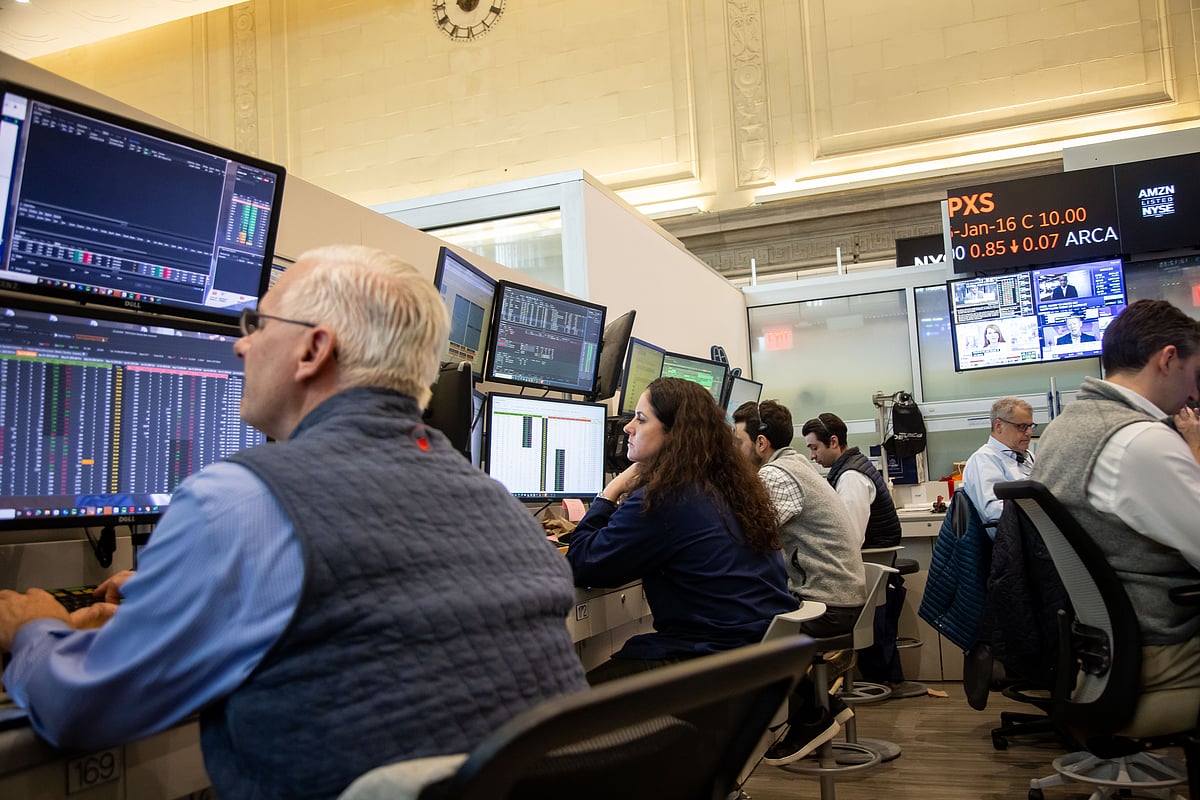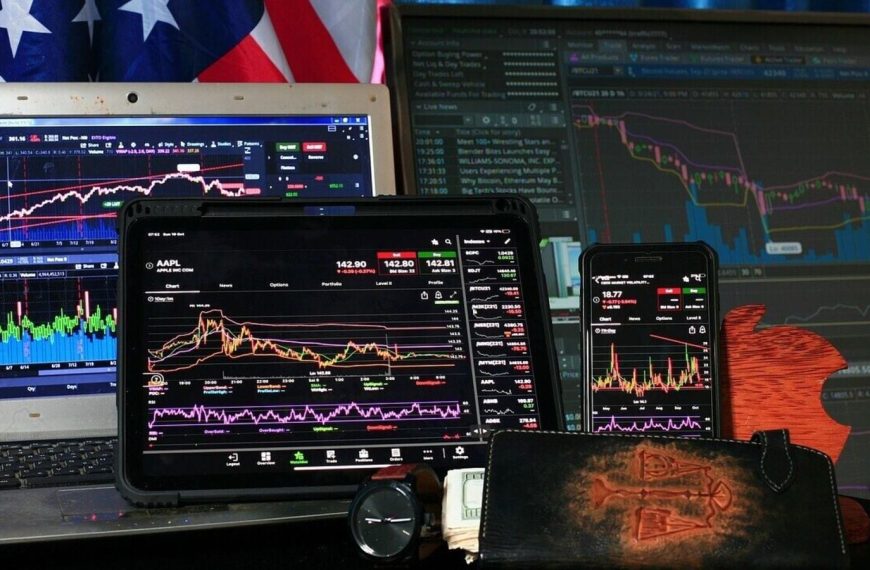Wall Street Awaits Clarity Amid Trade Tensions and Economic Uncertainty
As Wall Street transitions from April to May, investors are grappling with a whirlwind of emotions. The stock market experienced a roller-coaster ride, marked by sharp declines and subsequent recoveries, primarily due to the unpredictable trade policies of the Trump administration. With rising economic anxieties, investors are left hoping for clearer signals regarding trade agreements and the growth outlook of Corporate America.
Market Volatility: A Monthly Recap
April was a month of extremes for investors. Initially, the markets tumbled as President Donald Trump ignited fears of a global trade war with his tariff announcements. The S&P 500 index plummeted by over 12% within just four sessions. However, a sudden shift occurred on April 9 when Trump announced a 90-day pause on some tariffs, leading to a remarkable 9.5% surge—the largest single-day rally in 17 years.
- Key Market Movements:
- April 2: S&P 500 falls over 12%
- April 9: Market rebounds with a 9.5% increase
- Overall, the S&P is down less than 2% for the month
Investor Sentiment: Caution and Pessimism
Despite the recent uptick, investor sentiment remains cautious. Scott Ladner, Chief Investment Officer at Horizon Investments, described the market’s fluctuations, saying, “April felt like a classic V-shaped roller-coaster. We shifted from optimism to pessimism in just days.” As investors navigate this uncertainty, many are concerned about future economic indicators, particularly after reports indicated that the U.S. economy contracted in April for the first time since 2022.
Shifting Investment Strategies
Interestingly, while many investors are feeling bearish, there remains a persistent interest in equities. According to data from Deutsche Bank, inflows into equity funds continue, although there’s a noticeable shift away from U.S. markets toward international investments. This trend suggests a broader reevaluation of risk and opportunity.
- Investment Insights:
- Bearish sentiment is high, as indicated by the American Association of Individual Investors survey.
- Despite the pessimism, the S&P 500 has seen its longest winning streak since November 2022.
High Correlation Among Stocks
A significant development is the increase in correlation among S&P 500 constituents, reaching levels not seen since 2020. This trend implies that the market is behaving uniformly, offering limited options for diversification should a downturn occur.
Looking Ahead: A Mixed Outlook
Despite the temporary rebound in stock prices, experts advise caution. The market’s current environment—characterized by high uncertainty and potential for volatility—suggests that the recent recovery may not be sustainable. Paul Christopher, head of global investment strategy at Wells Fargo Investment Institute, warns, “This market appears to be in a consolidation phase following sharp declines.”
Protecting Against Future Risks
With uncertainty looming, traders are advised to consider low-cost insurance options against potential downturns. The pricing of one-month put contracts, which hedge against stock price drops, is at its lowest since early April—an indicator of the current market climate.
As Wall Street navigates this unpredictable landscape, investors are left watching closely for any signs of clarity from the government’s trade policies. With ongoing tensions and economic signals, the path forward remains fraught with challenges.











